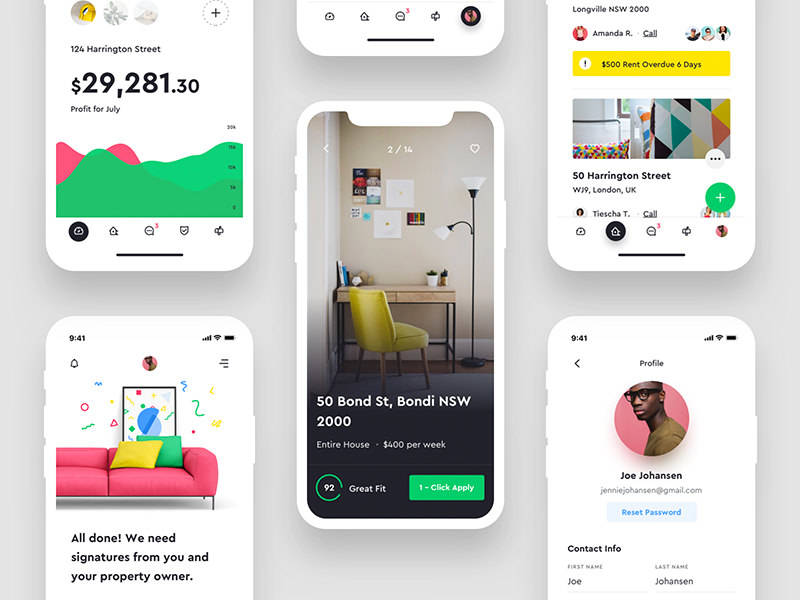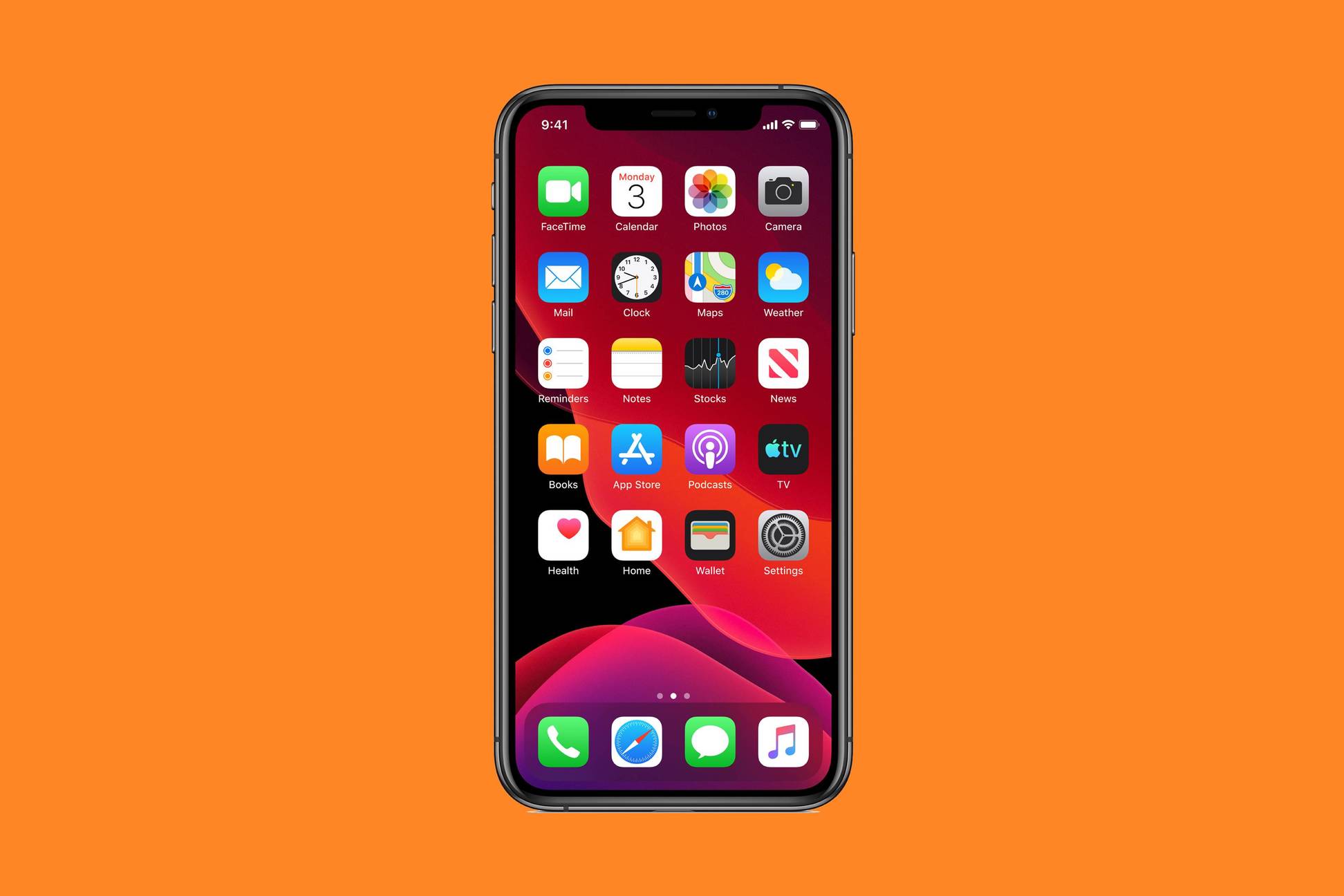Before going any further, let us comprehend the definition of mobile app onboarding. Well, it is a process of attracting new users so that they can understand and engage with the app. We tend to abandon an app after using it for the first time. But that doesn’t work for all the apps. There are some apps which you will keep in your mobile because of their engaging user interface.
Therefore, if you are about to launch an app of yours, try to adopt the best app onboarding practices. So, to help you out, we are now presenting you with the best app onboarding practices. You should give it a read before hiring the Android or iOS app Development Company.

What are the different types of mobile app onboarding?
Before fathoming the best practices of onboarding, let us comprehend the different types of onboarding. It will aid you to get a clear idea about onboarding.
Progressive:
Well, it is one of the significant onboarding practices that you should check. Well, it will allow the users to come across new information whenever the user navigates the app progressively. To be precise, it is a step by step practice. The best part about this practice is that it directs the users appropriately and encourages them to take action. And the information that the users will receive is relevant to specific pages.
Function-oriented:
Before launching your app, talk with your Android or iOS app developer and ask them to go for this approach. Well, this practice will enhance the functionality of the app. Besides, it will help the users to understand how to use the app. Moreover, this function-oriented approach demonstrates the fundamental and universal actions performed by the users. Therefore, you can easily comprehend the significance of this approach.
Benefits-oriented:
Well, the name says it all. This approach will bring the benefits of this app in front of the eyes of the users. Besides, it will also convey the users about what they are going to gain from the app. To be specific, the purpose of this approach is to increase the rate of conversions. It plays a significant role in convincing people to make use of this app. With this approach, you can explain what this app does without describing how to use the app.
Best Onboarding Ideas That You Can Adopt In 2020 For Your Mobile App.

Focus on the value proposition:
Most people think that bringing all the cards in front of the customers will help in conversions. Well, that signifies that if you show all the best features of your app, you will get the customers. However, it will be a better option if you emphasize the value proposition of your app.
Instead of showing off the best features, try to explain to the users what they are going to gain from the app. It will encourage users to use your app in the future. Also, it will assure the users that the app is up to the mark and is capable of serving what it claims.
Once you explain the value proposition of your app, you can flaunt the best features of your app.
Ask for mandatory information only:
Whenever you come up with the app, make sure that the information that you are asking are relevant to the app. For instance, if your app is about learning language, asking the users about their favorite book will be irrelevant information. Therefore, try to get the information that is relevant to the app.
According to numerous studies and observations, a lot of people uninstall apps because that asks too many details. Also, some users will not even install the app if it asks too many questions. Therefore, make sure that your app is not asking too many extraneous questions.
To be precise, try to keep your questions concise and pertinent items.
Make the onboarding screens compact:
You will lose all your potential users if the onboarding process is extensive and tedious. Well, there is a possibility that it will overwhelm the users. And for that reason, they may substitute your app with a different one. You have to ensure not to use any text-heavy explanations.
Therefore, the best thing to do is to go for the progressive onboarding approach. For example, you can use illustrations and app screenshots to convey your message. Also, make sure that you are showing a single feature on each screen.
Also, to make your approach attractive, you can incorporate tutorials and make them more interesting.
Keep the signup process concise and single:
Another reason for which apps lose their users is a large and complicated signup process. So, if you don’t want to lose your potential customers, keep the signup process simple. Another thing that you should consider is that the signup process should not be lengthy.
Well, one thing that you can do is to provide the options to log in through other accounts. For instance, you can keep the possibility of login through Facebook or Gmail. Well, it is a pretty popular strategy, and it helps to save a lot of time.
You have to understand that the short login process is the best option. It decreases a significant amount of friction during the user onboarding process.
Request for permission:
One thing that you have to understand asking for permission is one of the most significant parts of work ethics. You have to keep this in mind, especially when you are using the user’s data. Let us give you an example. It will make things clear for you.
Well, if your app requires the functionality of the camera or microphone, ask for the permissions to use it. Instead of using those features, try to get the consent first. It helps the user to trust your app and use the features of it.
Also, you will see that the users will get to respond positively to this approach. They will agree to your terms and conditions without any issues.
Promote the content preview of the app:
There is a possibility that the signup process can be the barrier between the user and your app. Therefore, try to give the users access to the features before asking them to sign up. For example, if you own an app that is related to e-commerce business, allow the users to surf through the products.
And when they choose the option of the transaction, you can ask them to log in. Also, you can incorporate the login option after your app becomes famous. During that time, all the users will sign up to your app after without creating any issues.
So, these are some of the best onboarding practices for mobile apps. If you can adopt these approaches, you will get the result of your desire. Also, you will witness that a lot of users are using your app. And they are pretty happy about it.
Mobile App Onboarding – Best Practices to Follow in 2020
Article Rating
Mobile App Onboarding Best Practices – It is a process of attracting new users so that they can understand and engage with the app. *Onboarding Application Mobile













Leave a Reply